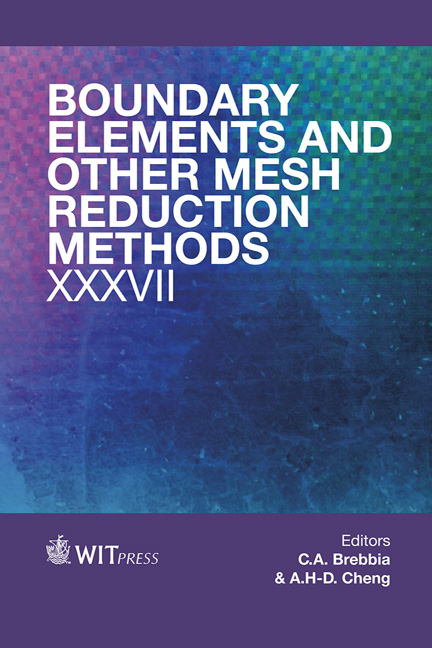Boundary Element Method Application For The Impressed Current Cathodic Protection Of An Offshore Platform
Price
Free (open access)
Transaction
Volume
57
Pages
8
Page Range
113 - 120
Published
2014
Size
1100 kb
Paper DOI
10.2495/BE370101
Copyright
WIT Press
Author(s)
X. Wang, B. Hou, Z. Lan
Abstract
For most steel structures in a marine environment, corrosion is a big problem which relates to long-term safety. Cathodic protection is an effective method to resist corrosion in seawater. In most cases, the design of cathodic protection systems depends on the empirical experience of the corrosion engineers. To achieve the protection potential of the whole structure, excess protective current is usually applied, which leads to the waste of protection material. In this paper, a boundary element method was used to simulate the impressed current cathodic protection of an offshore oil platform to achieve ideal potential and current distribution. The location and the amount of anodes with different current demand were calculated using the commercial software Beasy, which has many applications in the corrosion field. The boundary condition of the modelling is defined as the parameter of the anode and the cathode of the system, which can be illustrated with the polarization curve of the material in seawater. A physical model was also built to verify the numerical modelling results, and the experimental results were consistent with the computation prediction. The research proved the efficiency and accuracy of the boundary element method for the impressed current cathodic protection of the offshore structures.
Keywords
boundary element method, corrosion, impressed current cathodic protection, offshore platform





